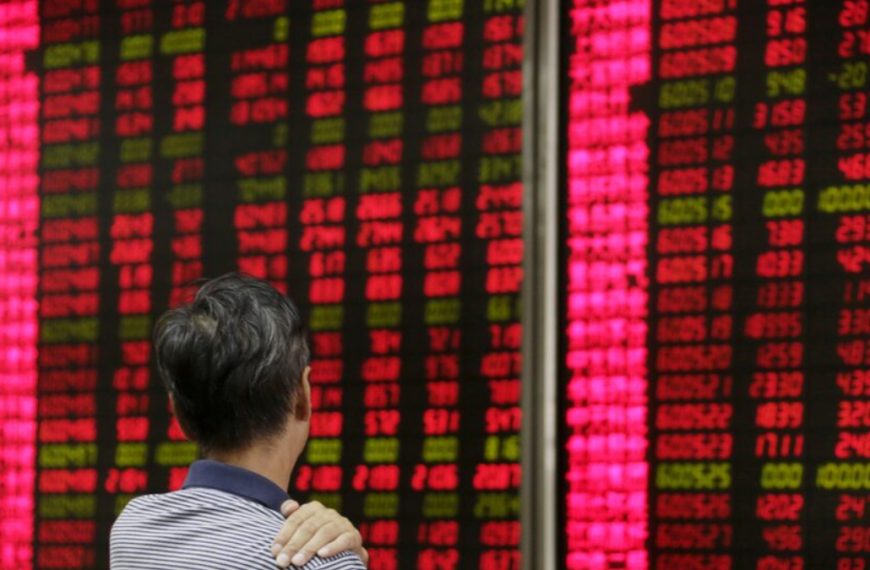On Thursday, the U.S. stock market experienced a dramatic downturn, prompting mixed reactions from political leaders and financial experts alike. While President Donald Trump attempted to reassure the public about the economy’s prospects, market analyst Ajay Bagga took to the social media platform X (formerly Twitter) to provide a more sobering viewpoint. Bagga highlighted the stark contrast between Trump’s optimistic assertion that “things are going very well” and the harsh reality faced by investors following the announcement of new tariffs.
A Sudden Market Sell-off
The stock market faced a significant sell-off after Trump unveiled a 10% tariff on most imports, coupled with plans for even steeper tariffs targeting numerous countries. This aggressive move has reignited fears of a potential trade war and a looming global recession. The numbers reflect this turmoil:
- Dow Jones Industrial Average: Dropped 1,679 points, or 3.98%.
- S&P 500: Fell by nearly 4.84%.
- Nasdaq: Suffered the steepest decline, plummeting 5.97%, marking its worst one-day performance since March 2020.
Despite the unsettling market response, Trump remained optimistic as he departed for Florida, proclaiming, “The markets are going to boom, the stock is going to boom, the country is going to boom.” However, Bagga and other market analysts see a much grimmer picture unfolding.
The Impact on Small-Cap Stocks
Bagga’s analysis pointed out that the sell-off had a widespread effect across the U.S. stock market, but small-cap stocks were particularly hard hit. He emphasized that the Russell 2000 Index, which tracks smaller companies, has officially entered a bear market, having dropped over 20% from its peak in 2021. On that fateful Thursday, the index alone fell by 6.6%, surpassing losses experienced by larger corporations.
Interestingly, small-cap stocks had previously been seen as potential winners under Trump’s pro-growth policies that emerged after his 2016 election victory. However, Bagga noted that the current atmosphere of protectionism and inflation concerns has fundamentally changed this outlook.
Shift in Investor Sentiment
In another insightful post, Bagga referenced fresh statistics from the National Association of Active Investment Managers, indicating that institutional investment in U.S. equities has plummeted to its lowest levels since November 2023. He remarked, “Money managers have rolled back exposures to U.S. equities to levels not seen since November 2023.” This significant pullback underscores a shift in sentiment among professional investors, who are now anticipating greater volatility and potential risks ahead.
Looking Ahead: Job Reports on the Horizon
As the market grapples with the aftermath of this significant sell-off, investors are now turning their attention to the upcoming U.S. jobs report scheduled for release on April 4. Economists surveyed by Dow Jones project an increase of approximately 140,000 jobs, with the unemployment rate expected to remain steady at 4.1%. Bagga himself provided a slightly more optimistic estimate of 150,000 jobs and a predicted unemployment rate of 4.2%.
In conclusion, this week’s market turmoil serves as a reminder of the delicate balance between policy announcements and investor sentiment. As we await crucial economic data, the future remains uncertain, and market participants are eager to see how these developments will unfold.











